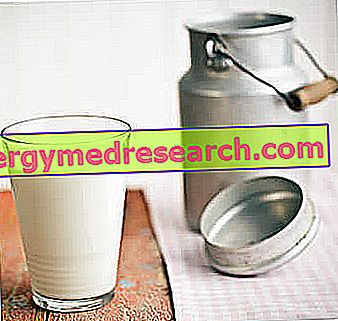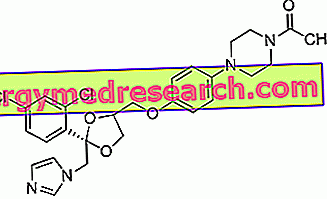What is pasteurization?
Pasteurization is a heat treatment designed to increase the storage time of some foods. Exploiting the bactericidal action of heat it is able to deactivate enzymes and to destroy most of the microorganisms present in the food, even if some forms still manage to survive.

The duration of treatment varies depending on the nature of the food and the degree of contamination. The higher the initial microbial load (called bioburden) and the more drastic the pasteurization treatment must be.
| Types of pasteurization | T (° C) | Duration | Remarks |
| low pasteurization | 60-65 | 30 ' | Wine, beer, milk, for cheese making |
| high pasteurization | 75-85 | 2-3 ' | Replaced by HTST |
| rapid pasteurization or HTST | 75-85 | 15-20 " | for food (high liquid short time) |
As shown in the table, the higher the temperature reached, the shorter the time required for pasteurization. These two quantities are also conditioned by the type of system; for example, rapid pasteurisation or HTST uses thin-layer systems that allow homogeneous heating and guarantee rapid access to the thermal center.
Difference between pasteurization and sterilization
The pasteurization treatments are all carried out below 100 degrees (60-95 ° C); after this temperature we speak instead of sterilization which, to be effective, should in any case take place at temperatures equal to or above 120 ° C.
Very simply, with pasteurization it is possible to destroy almost all vegetative forms (disinfection), while sterilization eliminates even the most resistant, called sporogenous.
For this reason, fresh pasteurized milk has a shelf life of seven days, while the sterilized UHT milk must be consumed within three months. For the same reason, pasteurized milk must always be stored at temperatures no higher than 4 ° C and, once opened, it can be kept in the refrigerator for no more than two or three days.



